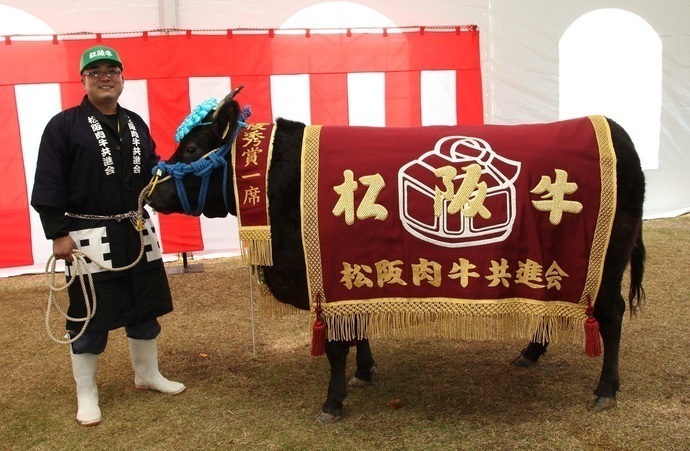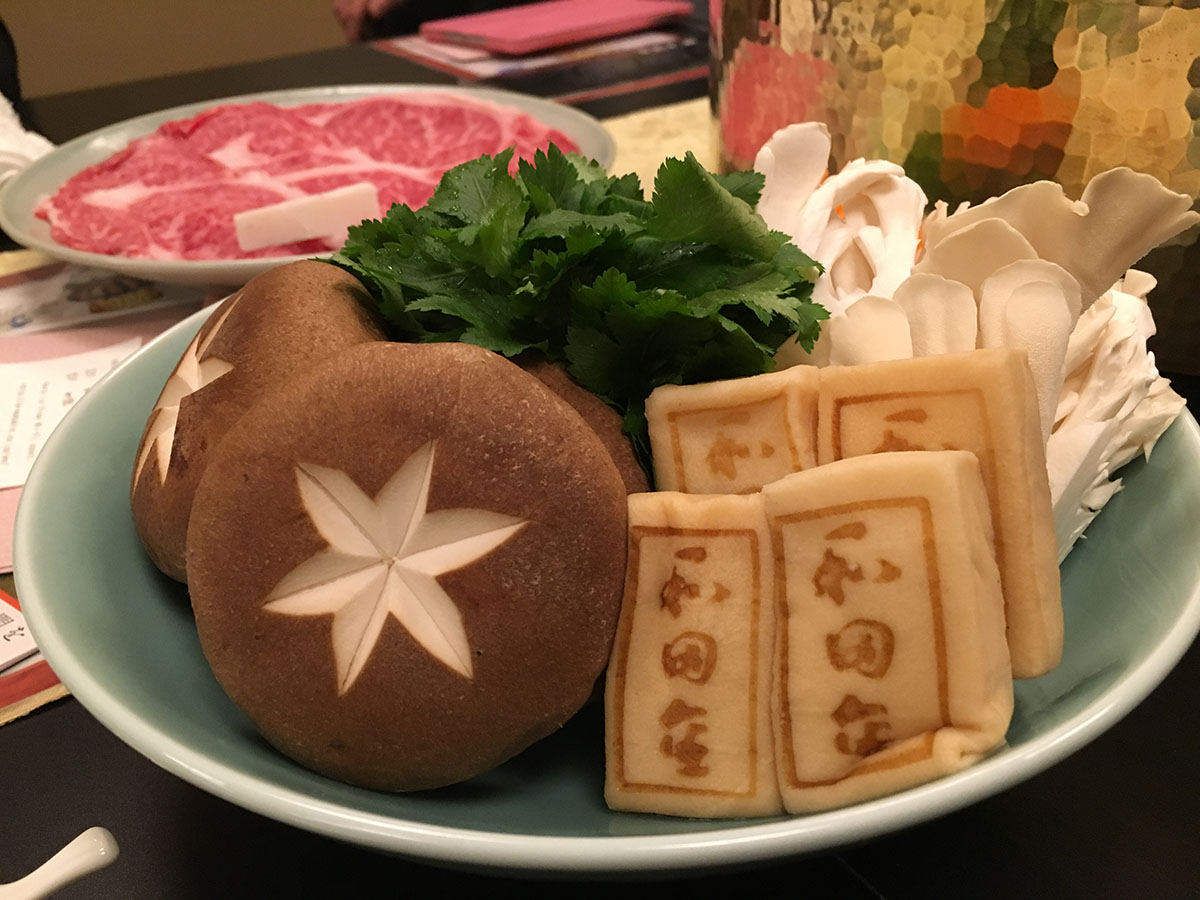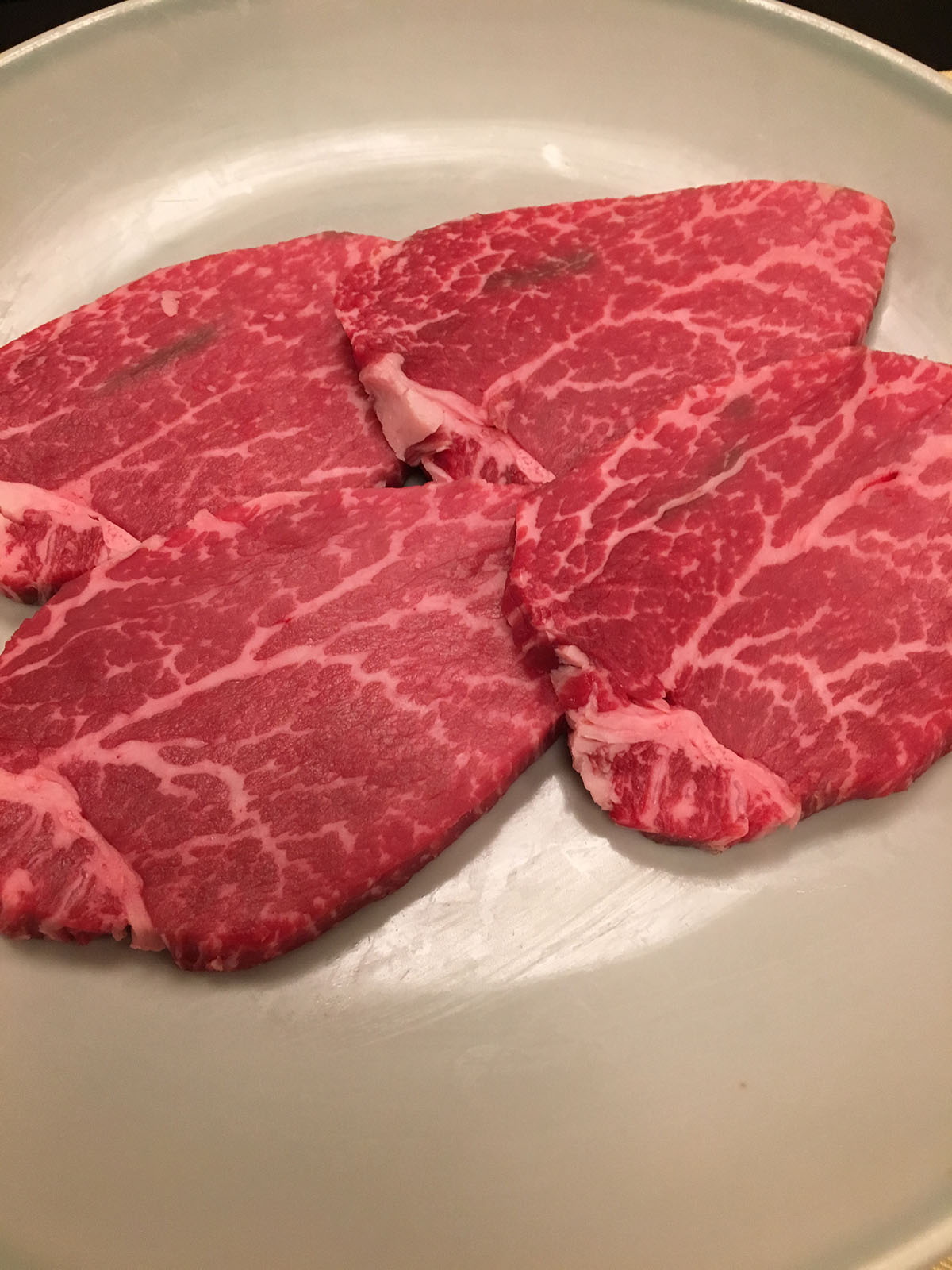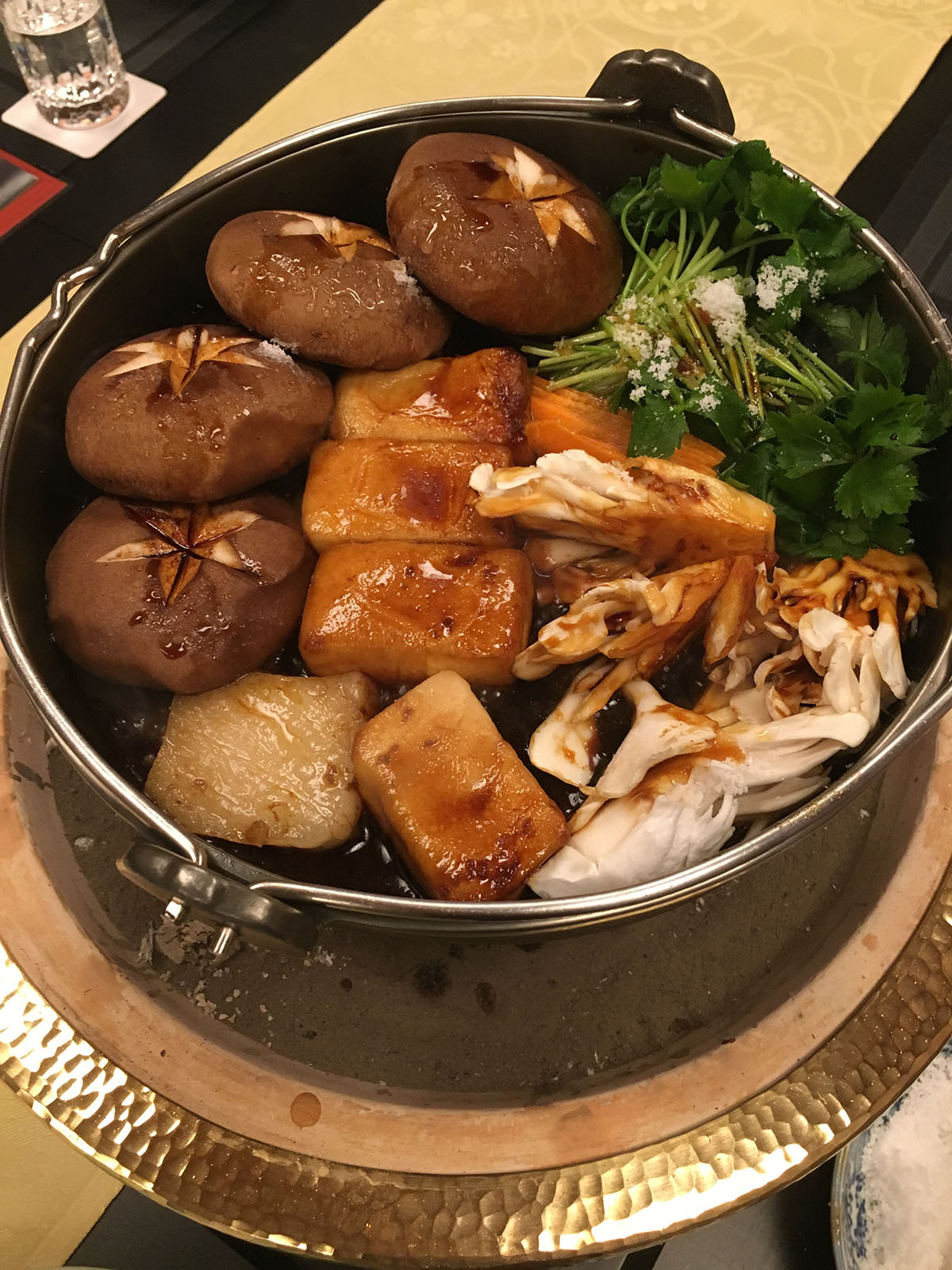
The city of Matsusaka is located in Mie Prefecture in the hinterland, in the center of the Japanese archipelago with the sea to the east, vast mountains to the west and 3 rivers (Kumozu, Kushida and Miya) that cross it making it rich and flourishing. The world’s best-known livestock, the city’s namesake, are raised here: Matsusaka heifers.

These are animals belonging to the Japanese black cow breed, raised within a region designated by 22 municipalities in Mie Prefecture and strictly virgin. In reality, the cows are born in Tajima in Hyogo Prefecture and are then fattened and raised in Matsusaka , thus obtaining the special certification: “Special Grade Matsusaka Cattle”.
For clarity, let’s take a step back and explain the terms that we also know in Italy. When we talk about fine Japanese meat we talk about Wagyu, the term means: Japanese “wa” and gyū “cattle”. Belonging to the Wagyu type there are different species of livestock (which takes its name from the city of reference). At this point the three best Wagyu meats that exist, according to the statement on the same site of the Japanese National Tourism Organization , are: Matsusaka Ushi , Kobe Beef and Ohmi Beef .

Kobe meat is undoubtedly the most famous, certainly for reasons of communication and the favorable position of the city of Kobe which, being a port, has always received travelers who then spread word of mouth returning to their countries. Matsusaka, on the other hand, has long been a real secret, even very difficult to discover, given the low number of animals slaughtered every year.
In reality there are differences between the three meats, both in flavor and in breeding techniques and methods. Not to blame anyone, whoever writes and compares them concludes by saying that they are all excellent and that the choice is a matter of taste (for the American point of view here is: The New York Times – Orlando Weekly )

For me it’s the best meat I’ve ever eaten!
The “Special Grade Matsusaka Cattle” recognition is awarded to cows that have fattened for at least 900 days within the prescribed area, essentially growing 10 months longer than other cows before being slaughtered and this makes their meat particularly tender . The Matsusaka cows are treated with all possible care, as if they were children for the farmers and fed with rice bran, barley and wheat. They are given beer to drink to stimulate their appetite and given the famous Japanese massage to stimulate blood circulation throughout the tissue.
Each Matsusaka cow has its own birth certificate with pedigree and through a QR code it is possible to trace its entire life history ( Matsusaka Cattle Individual Identification Management System ).
Mastsusaka meat has a beautiful marble appearance, where the fat and meat intertwine and create a tasty, soft and vitamin-rich tissue.

For the Japanese, meat is good if it can be cut with chopsticks and Matsusaka definitely is.
This meat is precious and very expensive, the world record was reached in 2002, the year in which an animal was priced at 50 million yen in the annual competition for this type of livestock.
We had dinner in one of the best restaurants in Japan for this meat, right in Matsusaka City : Wadakin .

the Wadakin Restaurant, founded 130 years ago, continues to promote Matsusaka meat and tell its story today (they also have their own breeding farm).
In general, until 200 years ago, with the spread of Buddhism, meat was not eaten. If it was eaten to regain strength, it was done secretly and it was given the meaning of a drug and medicine to cure weakness and debilitating illnesses. After the Samurai era, meat was introduced into the diet also because the emperor began to use it. At the beginning, since the smell and taste of meat was not liked by the Japanese, it was eaten with miso and the founder of Wadakin had the idea of replacing miso with a very tasty sauce called Tamari and which is used today again.
Here is an amateur video (my iPhone6) of our dinner.
Below is the video from the official website of the Matsusaka Cattle Council website.


